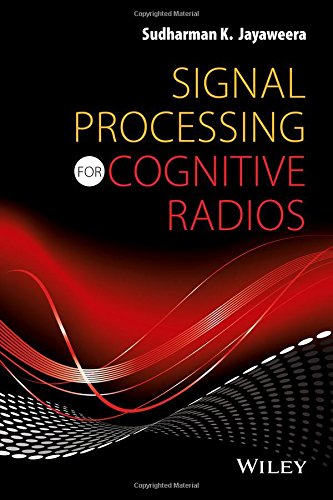

Most ebook files are in PDF format, so you can easily read them using various software such as Foxit Reader or directly on the Google Chrome browser.
Some ebook files are released by publishers in other formats such as .awz, .mobi, .epub, .fb2, etc. You may need to install specific software to read these formats on mobile/PC, such as Calibre.
Please read the tutorial at this link: https://ebookbell.com/faq
We offer FREE conversion to the popular formats you request; however, this may take some time. Therefore, right after payment, please email us, and we will try to provide the service as quickly as possible.
For some exceptional file formats or broken links (if any), please refrain from opening any disputes. Instead, email us first, and we will try to assist within a maximum of 6 hours.
EbookBell Team

5.0
50 reviewsThis book examines signal processing techniques for cognitive radios. The book is divided into three parts:
Part I, is an introduction to cognitive radios and presents a history of the cognitive radio (CR), and introduce their architecture, functionalities, ideal aspects, hardware platforms, and state-of-the-art developments. Dr. Jayaweera also introduces the specific type of CR that has gained the most research attention in recent years: the CR for Dynamic Spectrum Access (DSA). Part II of the book, Theoretical Foundations, guides the reader from classical to modern theories on statistical signal processing and inference. The author addresses detection and estimation theory, power spectrum estimation, classification, adaptive algorithms (machine learning), and inference and decision processes. Applications to the signal processing, inference and learning problems encountered in cognitive radios are interspersed throughout with concrete and accessible examples. Part III of the book, Signal Processing in Radios, identifies the key signal processing, inference, and learning tasks to be performed by wideband autonomous cognitive radios. The author provides signal processing solutions to each task by relating the tasks to materials covered in Part II. Specialized chapters then discuss specific signal processing algorithms required for DSA and DSS cognitive radios.